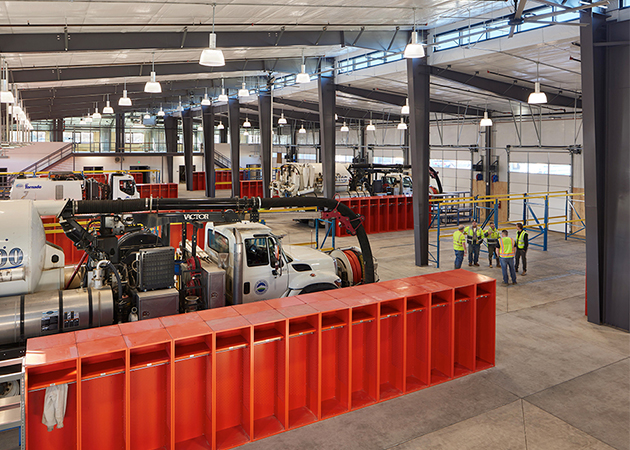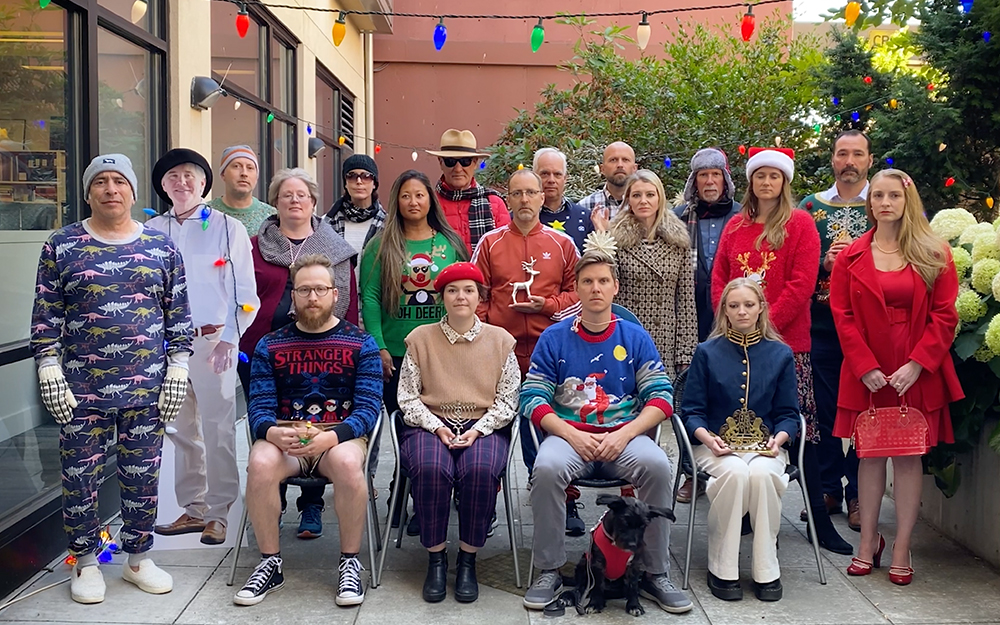RMC Architects, in collaboration with social psychologist Dr. Kristi Lemm, Professor of Psychology at Western Washington University, is exploring how architecture and urban planning can strengthen social ties through our Front Porch Factor (FPF) initiative. We are developing a framework to help gauge and inform how projects can strengthen social cohesion — by creating spaces that encourage interaction, neighborly behavior and connections to the larger community.
Mission and goals
Our mission is to make social connection an intentional driver for design and policy as a means to fostering trust, health and unity in our communities. We will use the FPF to guide client conversations, evaluate projects and share insight with a broader audience; e.g. local planning officials and community development organizations.
Framework + Grant + Research
RMC developed a framework of design strategies and project features that we believe strengthen community ties in multi-family housing (Physical Connections, Human Scale, and Character/Identity). With a Project Neighborly grant from the Whatcom Community Foundation, we embarked on a project to quantify how residents value various features in their physical environment in terms of how it helps them interact with neighbors. Led by Professor Lemm, the study considers several measurable outcomes, some objective (e.g., presence of community space and gardens), some subjective (e.g., residents’ sense of belonging in the community). To date we have collected surveys from 85 residents of senior-focused properties owned by Mercy Housing and the Bellingham Housing Authority.
Early findings provide evidence to back up the Front Porch Factor model. A statistical analysis shows that people who make use of more of their building’s “Front Porch” features also report that they have more interactions with their neighbors. In turn, those interactions are related to their reported well-being – they’re happier. In other words, there is a correlation between specific building features and people’s wellbeing based on interaction with neighbors.
What’s next?
Since the data from senior communities were so compelling, we would like to collect additional surveys from other properties that are focused on younger people and families. Once these data have been collected and analyzed, we will interpret the results in a report and refine the FPF accordingly before sharing the work with a broader audience.


